Sedimentation In Elbow – Granular Multiphase Flow CFD Simulation, ANSYS Fluent Training
Sedimentation In Elbow – Granular Multiphase Flow CFD Simulation, ANSYS Fluent Training
- Upon ordering this product, you will be provided with a geometry file, a mesh file, and an in-depth Training Video that offers a step-by-step training on the simulation process.
- For any more inquiries regarding the product, please do not hesitate to reach out to us at info@CFDLAND.com or through our online support assistant.
€185 Original price was: €185.€115Current price is: €115.
When hydrate formation happens, especially in oil and gas pipes, sedimentation in elbow granular multiphase flow is a very important thing that takes places. In this process, solid particles, liquids, and gases move through an elbow-shaped pipe piece and interact with each other. The unique shape of the elbow changes the flow dynamics in a big way, causing changes in velocity profiles and pressure distributions. These changes can have a big effect on how particles settle and how gas hydrates form. In this situation, gas hydrates are especially dangerous. When an elbow is set up, it can make some places with slow flow and high pressure, which are perfect for the start and growth of hydrates. As particles and hydrate crystals build up in these areas, they can slow down or even stop the flow of fluids, which can be very dangerous for both operations and safety in pipeline systems. Thanks to the study done by Pao et al. [1], the current CFD simulation is executed.
- Reference [1]: Pao, William, et al. “Hydrate Formation in Two Phase Flow in Pipe.” Applied Mechanics and Materials819 (2016): 295-299.
- Reference [2]: Fatnes, Eirik Daniel. Numerical simulations of the flow and plugging behaviour of hydrate particles. MS thesis. The University of Bergen, 2010.
![Gas hydrate formation by granular multiphase flow CFD Simulation [1]](https://cfdland.com/wp-content/uploads/2024/10/Gas-hydrate-formation-by-granular-multiphase-flow-CFD-Simulation-1.png)
Figure 1: Gas hydrate formation by granular multiphase flow CFD Simulation [1]
Simulation Process
Although the production of the elbow geometry is not an complicated work, generating structured grid over it is a daunting challenge which is done by ANSYS ICEM software. The fluid in the pipe is assumed to be the Eulerian-Eulerian two-fluid model: water was assumed to be the continuous phase – The second fluid, Freon R11 hydrates, were modeled as a dispersed solid phase by the Granular theory approach. Two cases are executed: In the first case, the viscosity of the dispersed hydrate is constant. However, in the second case, regarding the natural and realistic viewpoint, the viscosity is a function of hydrate volume fraction. Thus, a User-defined function (UDF) is written and employed.
![]()
Post-processing
We looked at the CFD modeling results for sedimentation in an elbow pipe, focusing on granular multiphase flow with hydrate formation. The contour of the R11 volume fraction clearly show the patterns of settling in both the cases where the viscosity stays the same and when it changes. The hydrate phase is clearly stratified in the elbow section, with higher concentrations building up along the bottom of the horizontal pipe section after the turn. In the case of constant viscosity, this effect is more noticeable because you can see a thicker layer with a higher quantity of hydrates. With a User-Defined Function (UDF)-based variable viscosity model, the hydrates are spread out in a more complex way, with a settling layer that is a little thinner but covers a larger area. For more accurate models, this difference shows how important it is to think about viscosity as a function of hydrate volume fraction.
The cross-sectional views make the sedimentation behavior stand out even more by clearly showing how the hydrates settle at the bottom of the pipe due to gravity. There is a curve of hydrate concentration in both cases. The lowest concentrations are at the very bottom of the pipe, and the highest concentrations are at the very top. In the case of variable viscosity, on the other hand, the hydrate concentration changes more slowly, which points to a more complicated relationship between the hydrate particles and the continuous water phase. This means that the variable viscosity model includes more physics of the multiphase flow, possibly including effects like particle-particle interactions and shear-induced movement. The results show how important viscosity modeling is for accurately predicting how hydrates will settle. This is important for developing effective ways to stop hydrates from forming and building up in pipeline systems, especially in tricky shapes like elbows where flow dynamics are more complicated.
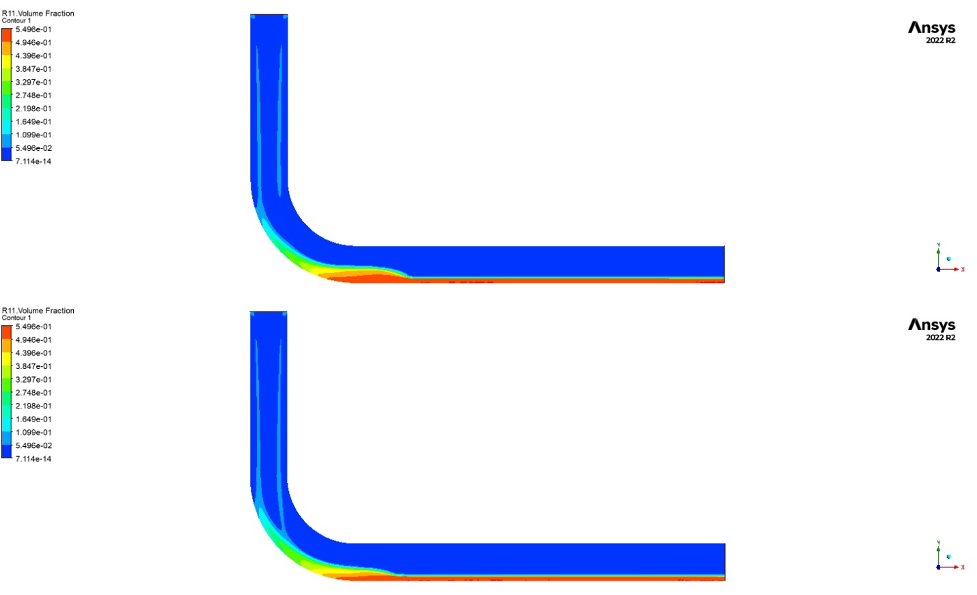
Figure 2: Sedimentation (hydrate formation) in an elbow pipe CFD Simulation
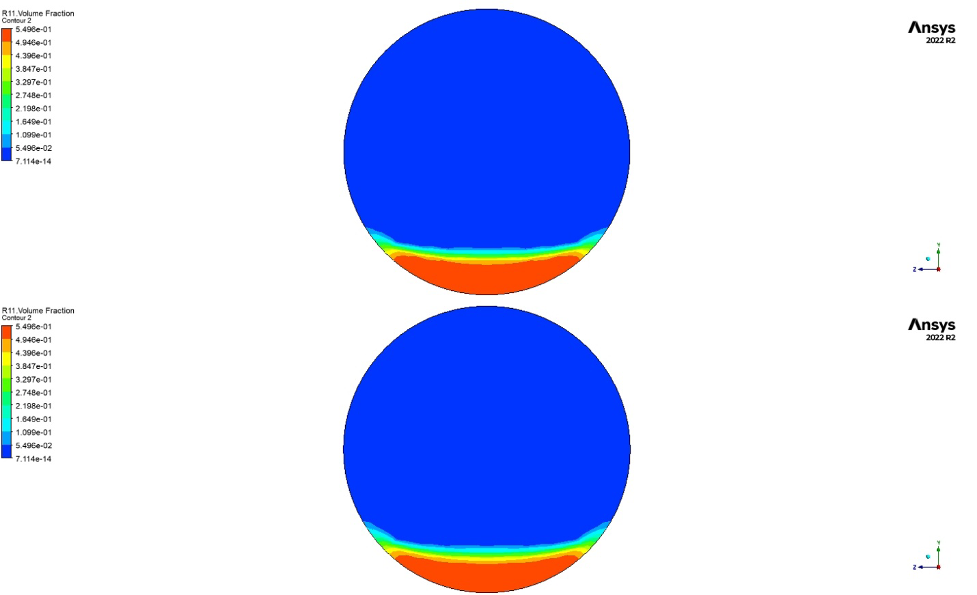
Figure 3: Cross-sectional view of sediments inside the pipe
We pride ourselves on presenting unique products at CFDLAND. We stand out for our scientific rigor and validity. Our products are not based on guesswork or theoretical assumptions like many others. Instead, most of our products are validated using experimental or numerical data from valued scientific journals. Even if direct validation isn’t possible, we build our models and assumptions on the latest research, typically using reference articles to approximate reality.
Yes, we’ll be here . If you have trouble loading files, having technical problems, or have any questions about how to use our products, our technical support team is here to help.
You can load geometry and mesh files, as well as case and data files, using any version of ANSYS Fluent.
€235 Original price was: €235.€175Current price is: €175.

€140 Original price was: €140.€105Current price is: €105.

€220 Original price was: €220.€125Current price is: €125.

€195 Original price was: €195.€150Current price is: €150.

€190 Original price was: €190.€145Current price is: €145.

€245 Original price was: €245.€199Current price is: €199.


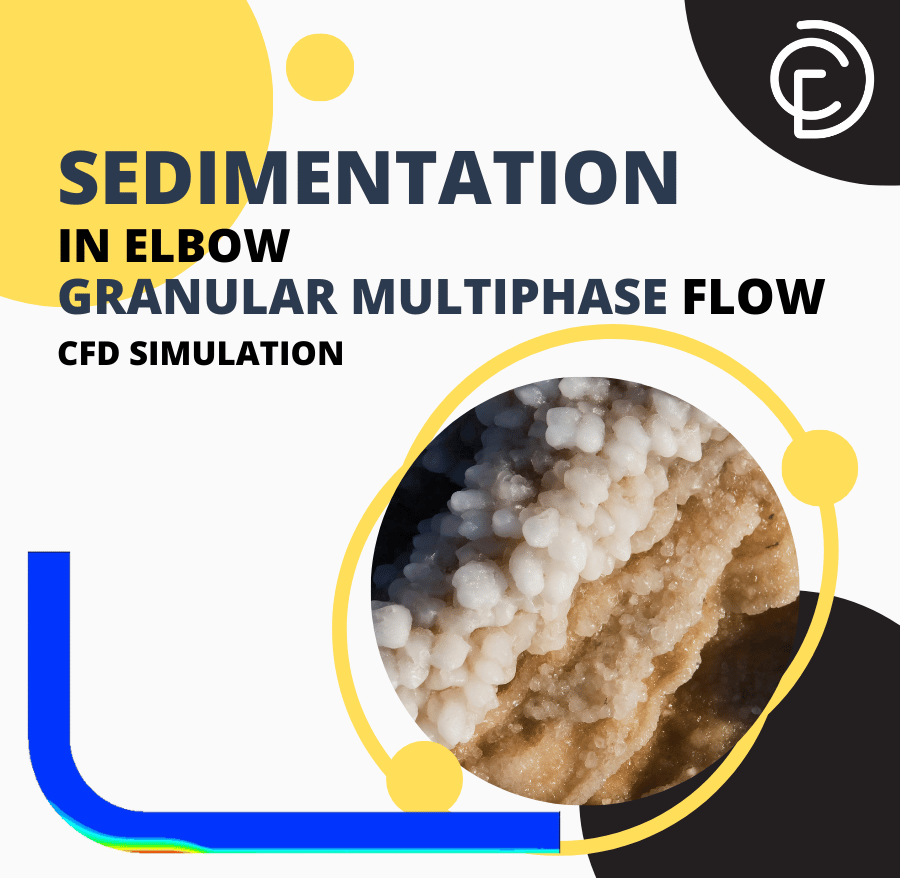




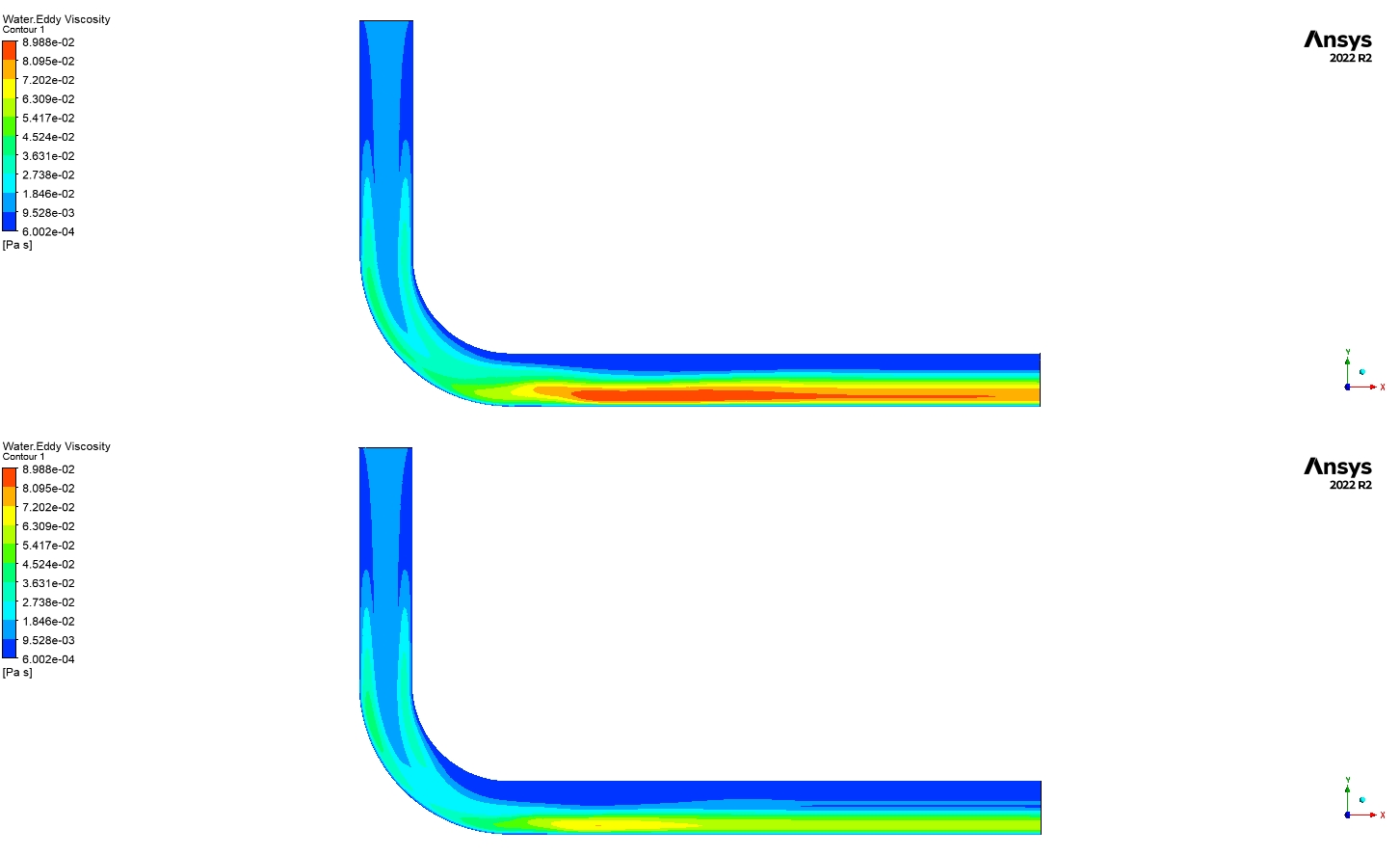
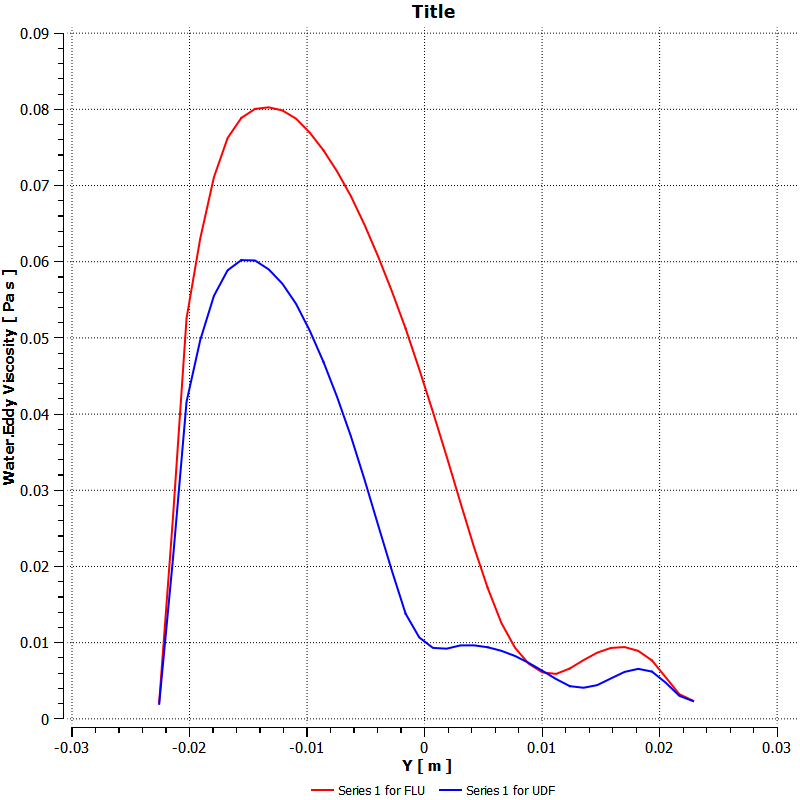
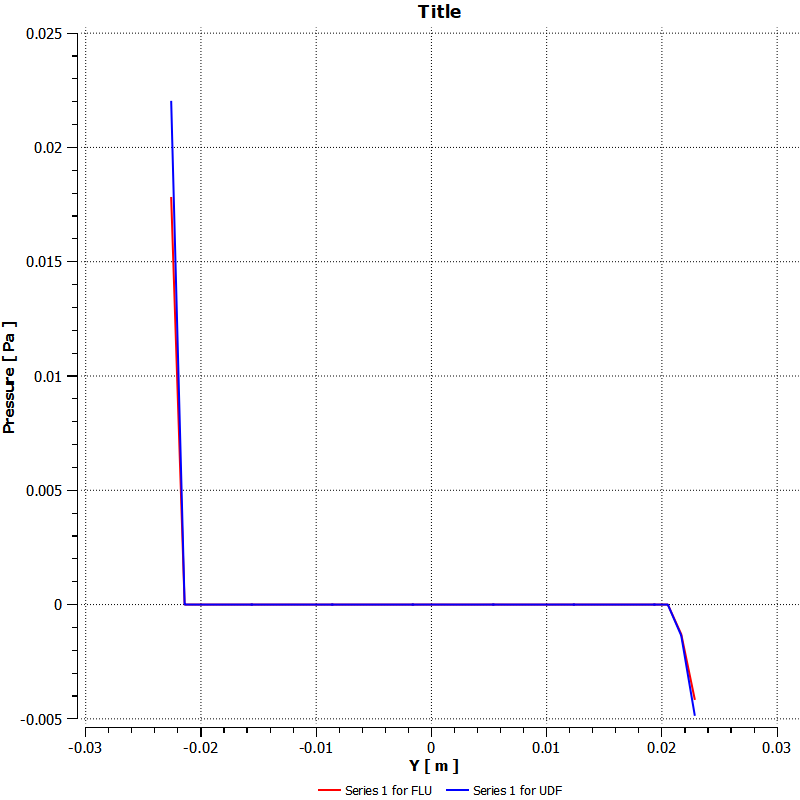
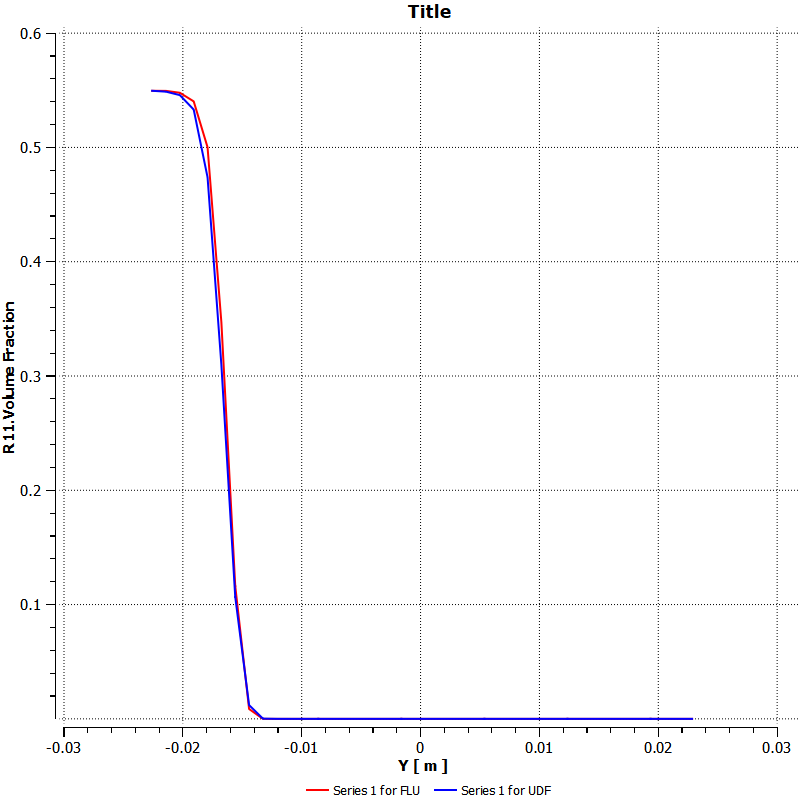
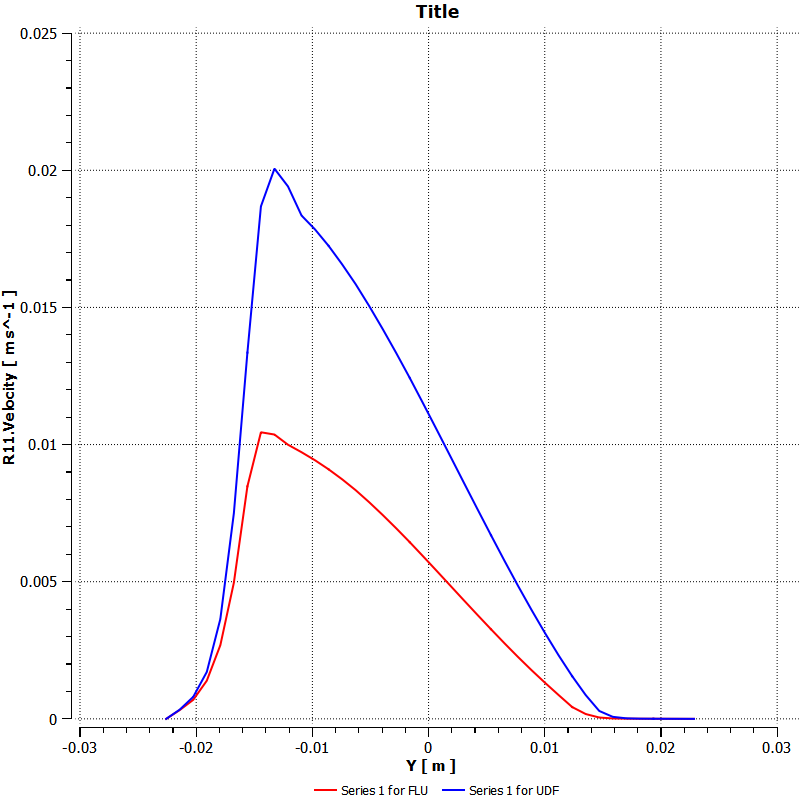
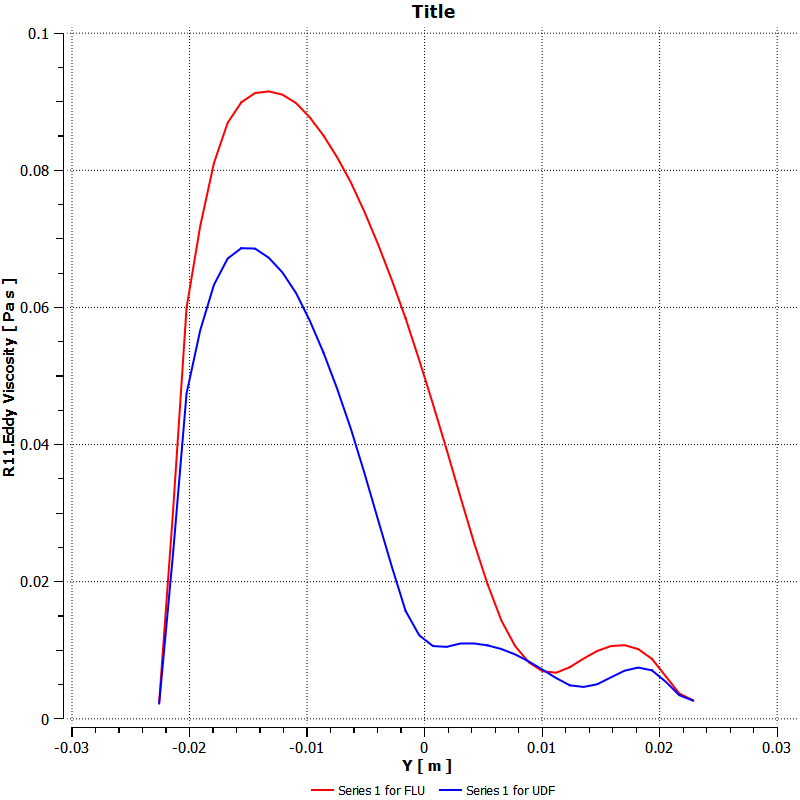










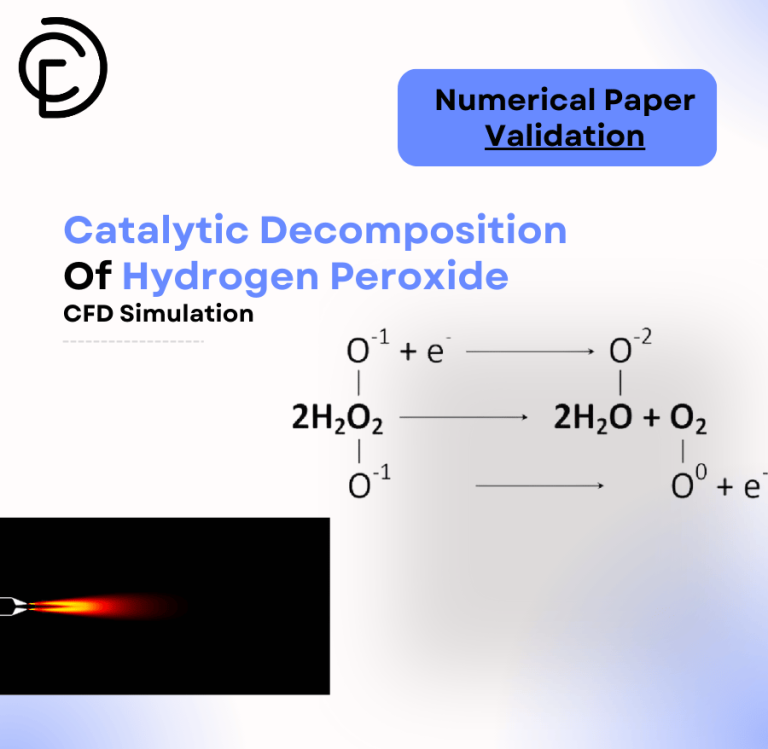
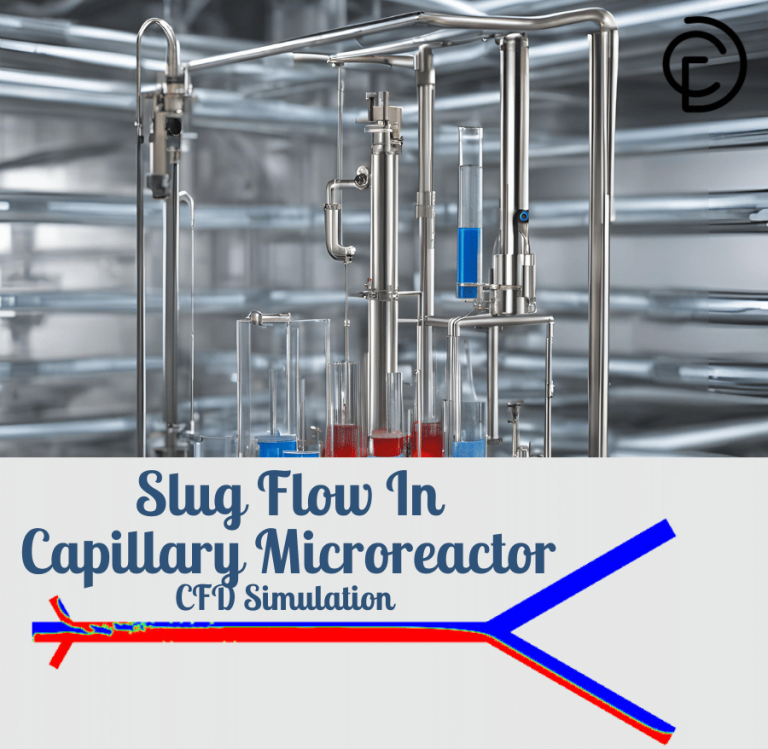
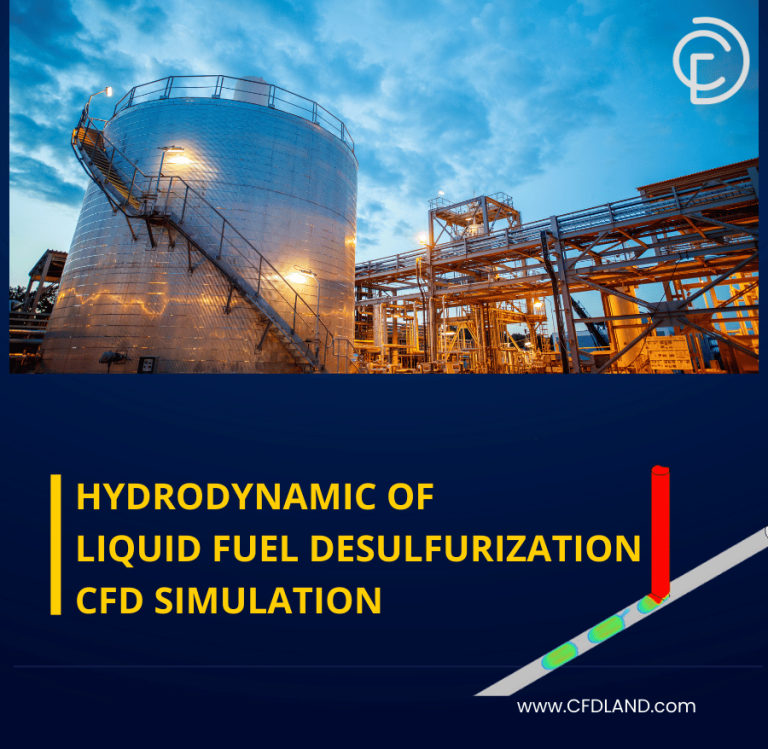
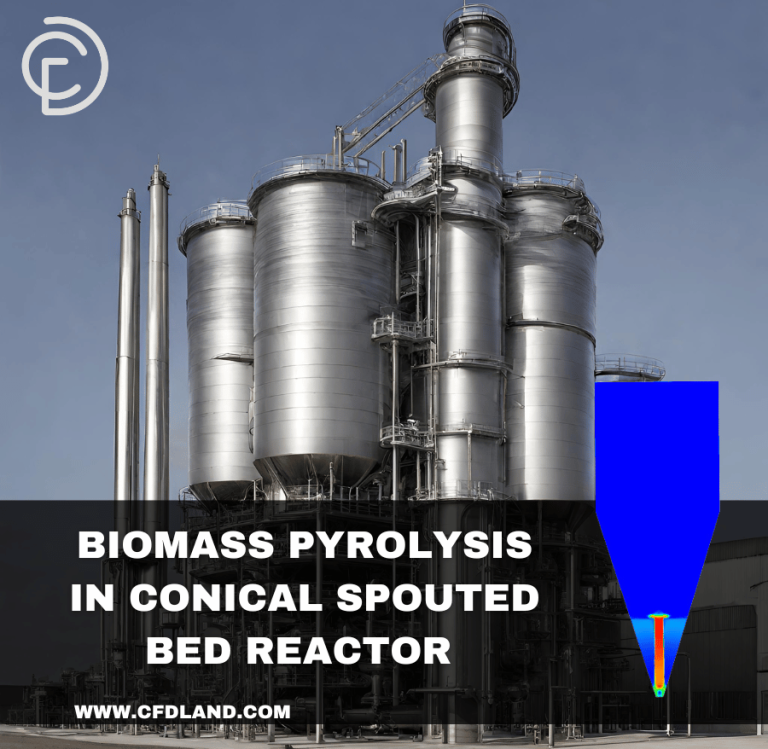
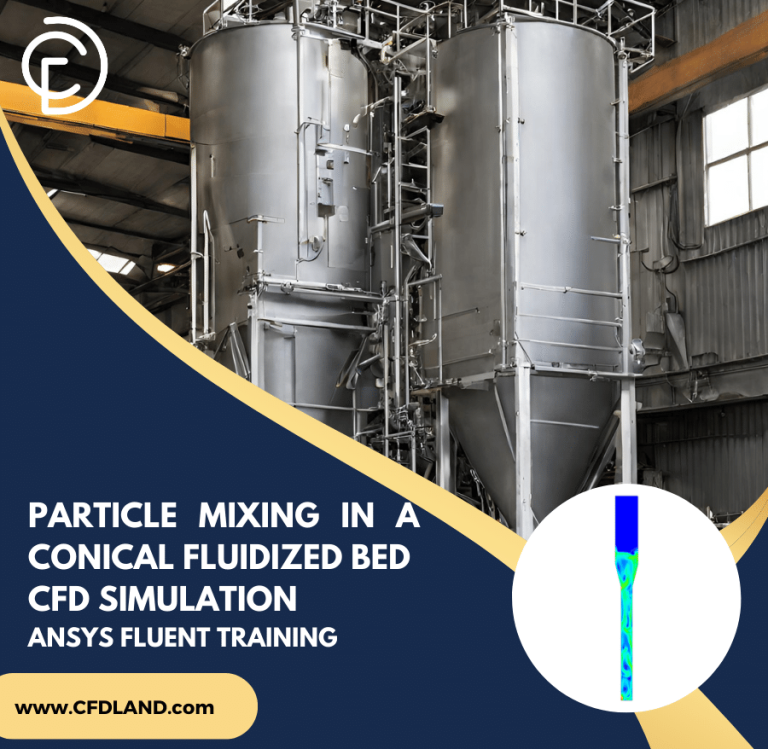
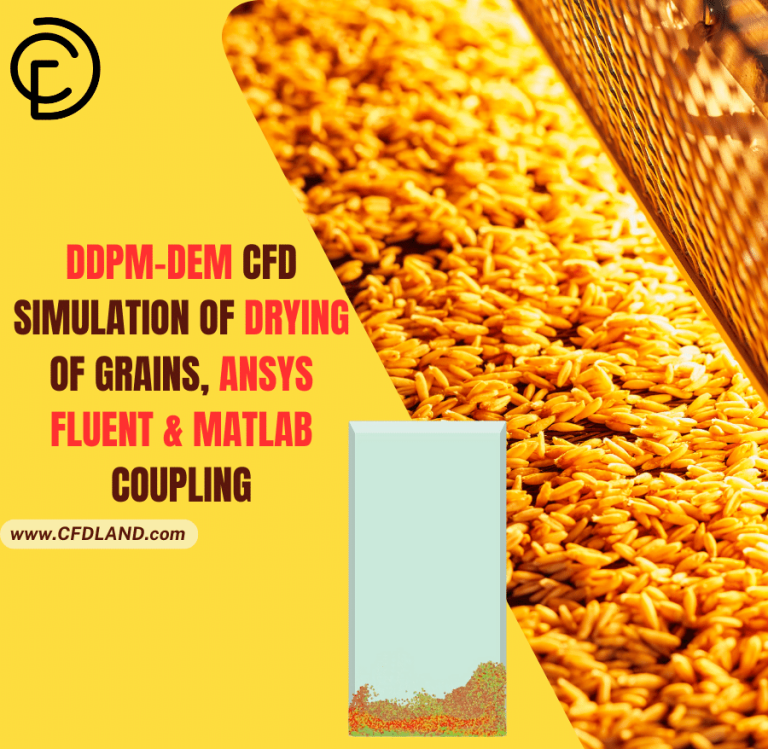
Reviews
There are no reviews yet.